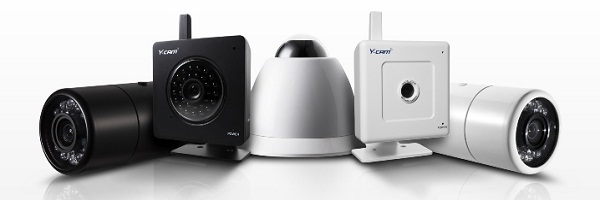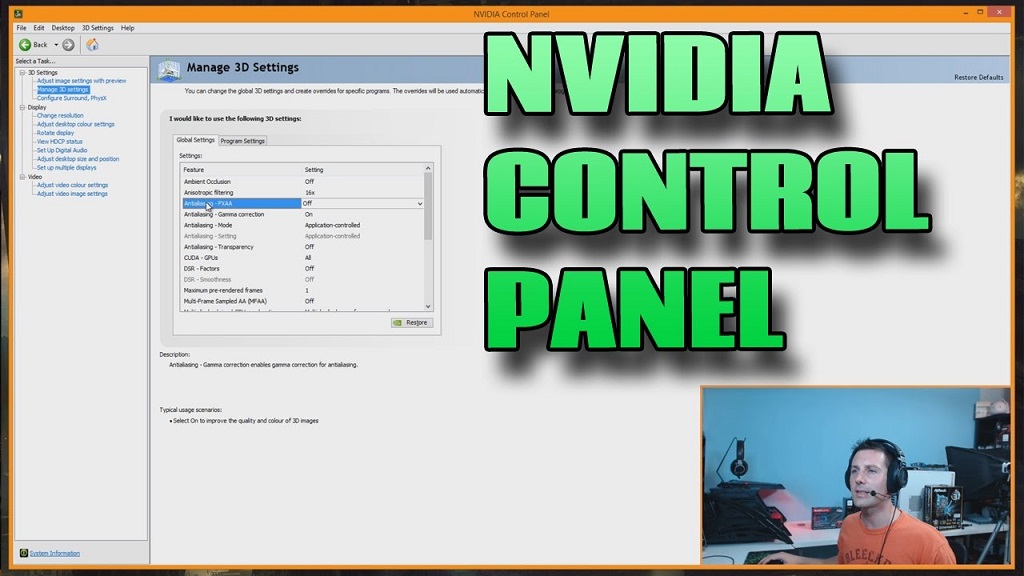Overview
Security cameras are generally used in most home security systems that utilize Video Management Software (VMS).Internet Protocol (IP) cameras are available in two options: centralized and decentralized.Each camera achieves the same function, which is to capture video and send it through a wireless network or Local Area Network (LAN).Both types of IP camera can be configured so that you can view cameras remotely or locally.
What are Decentralizedand Centralized Cameras?
For security purposes, many residential and business owners use wireless security cameras to monitor their property.The type of IP camera that residential owners use typically depends on which type their home security system provider chooses.In addition, it can depend on the number of cameras that will be used for surveillance.A centralized camera requires usage of a central server along with VMS.A decentralized camera has a built in media management feature.
What Is the Difference betweenCentralized and Decentralized IP Cameras?
The difference between the two types of IP cameras is that centralized camera stores media recordings on a Network Video Recorder (NVR) or Digital Video Recorder (DVR).Decentralized IP cameras have a built-in storage feature that allows media to be stored onto digital media storage devices.Several media storage options are available for decentralized cameras, such as flash drives, on-board Secure Digital (SD card) card storage, network attached storage (NAS) or a hard disk drive (HDD).In addition, decentralized cameras tend to be able to store at a higher resolution as they do not have to worry about bandwidth constraints.
Choosing Between Centralized and Decentralized Cameras
Centralized cameras are more appropriate for multi IP camera platforms, whereas decentralized cameras work best in a multi-server environment where there are two or three cameras involved.Decentralized cameras rely on storage devices to maintain media.This can become a problem when the storage device has reached its maximum capacity.Centralized IP Camera owners do not have to worry about this issue as much.
Interesting Facts
Centralized IP cameras are currently used in over 90 percent of home surveillance systems.When it comes to centralized cameras, the more money paid in licensing the more features you will receive. Decentralized cameras do not require VMS and has free upgrades.Centralized camera owners with VMS are charged according to the number of devices that are linked to the system.Both centralized and decentralized cameras can be connected through a wired or wireless network.
Having a centralized VMS can be costly.There is a separate fee for the recorder service licensing.If multiple sites are monitored by a centralized VMS, then the price will be more expensive. Visit http://rockemeet.com/ for more tips on IP Cameras.
Tags: Decentralized IP Cameras




Leave a Reply